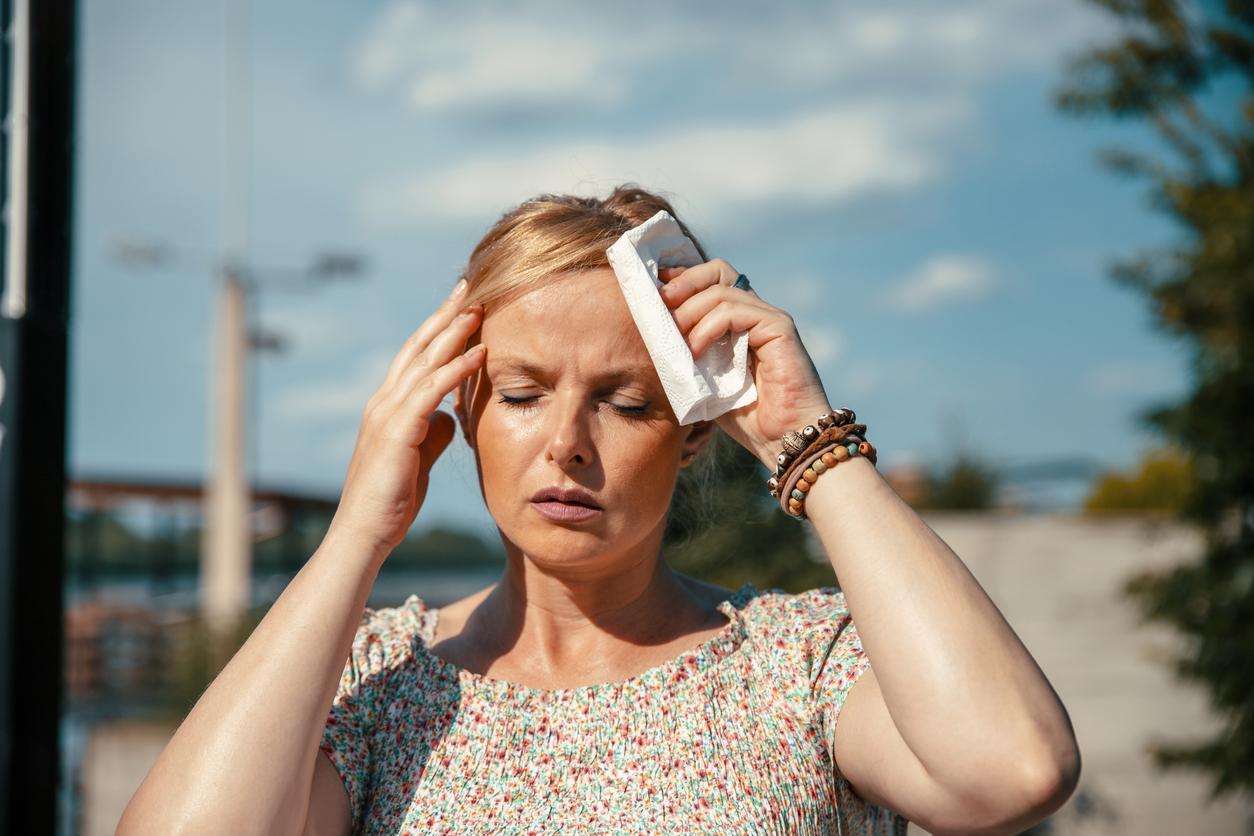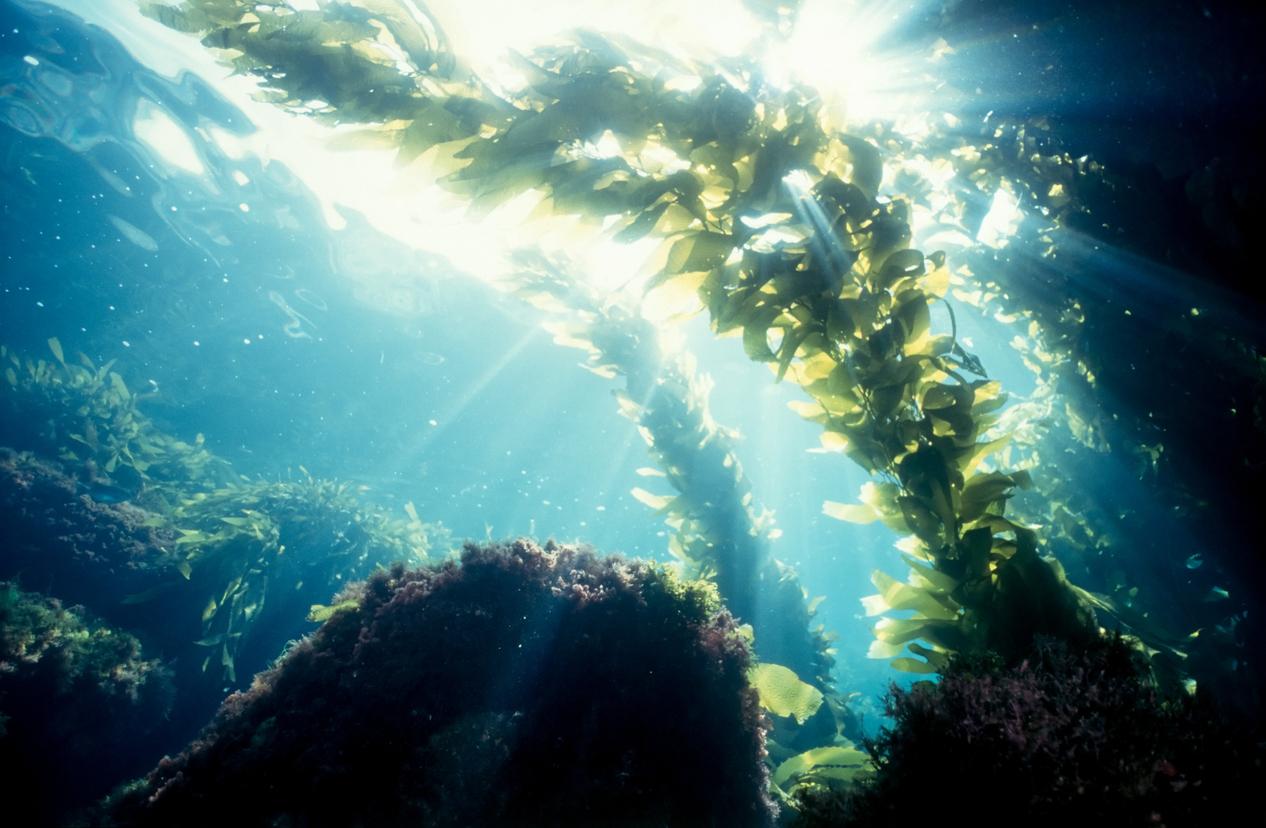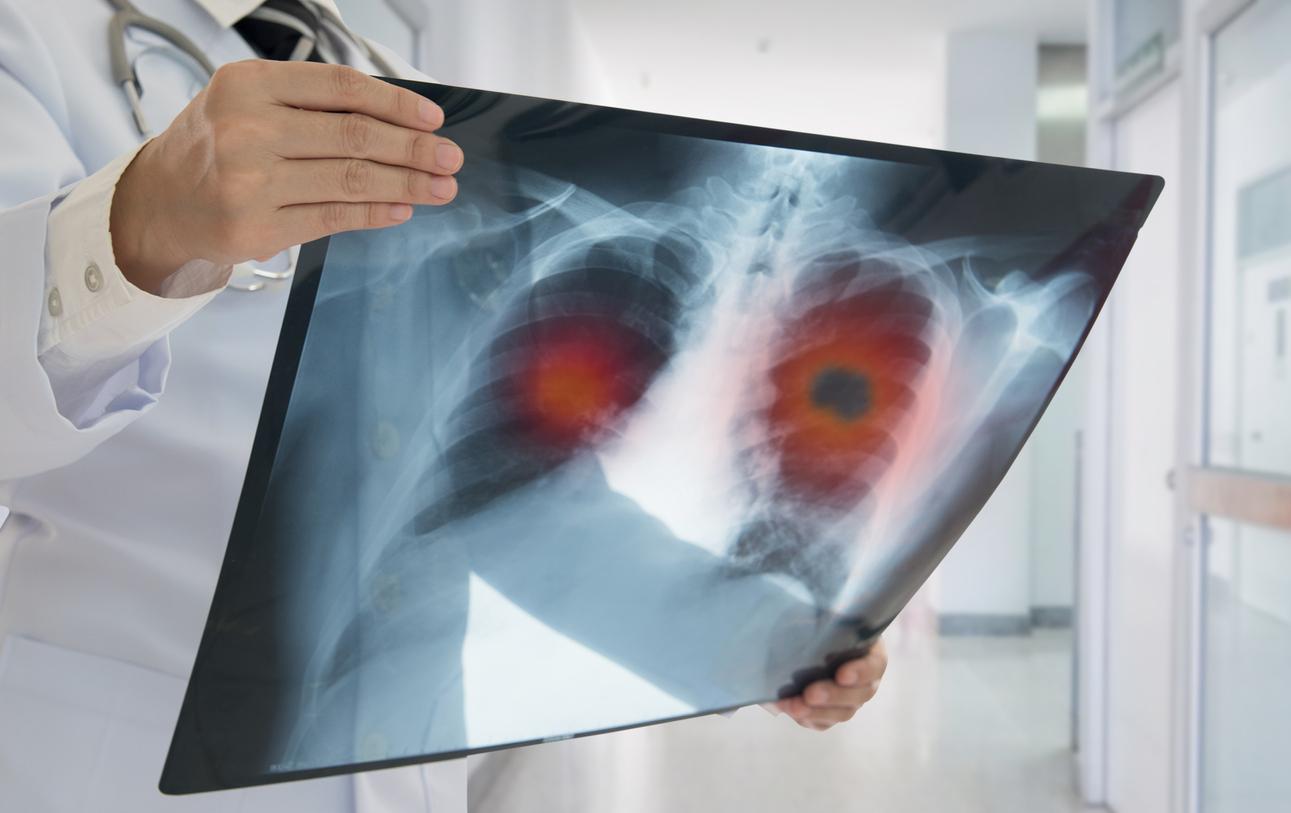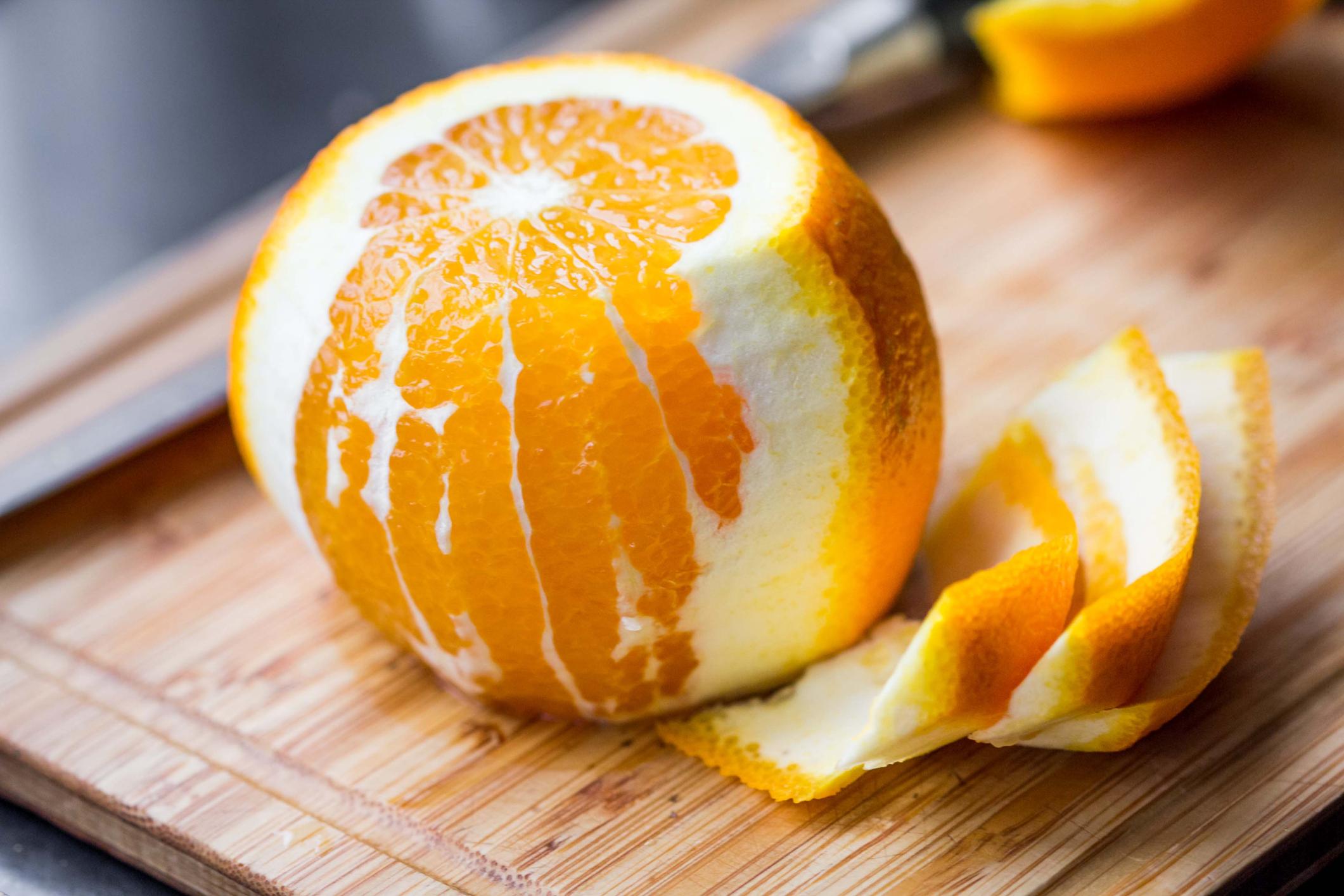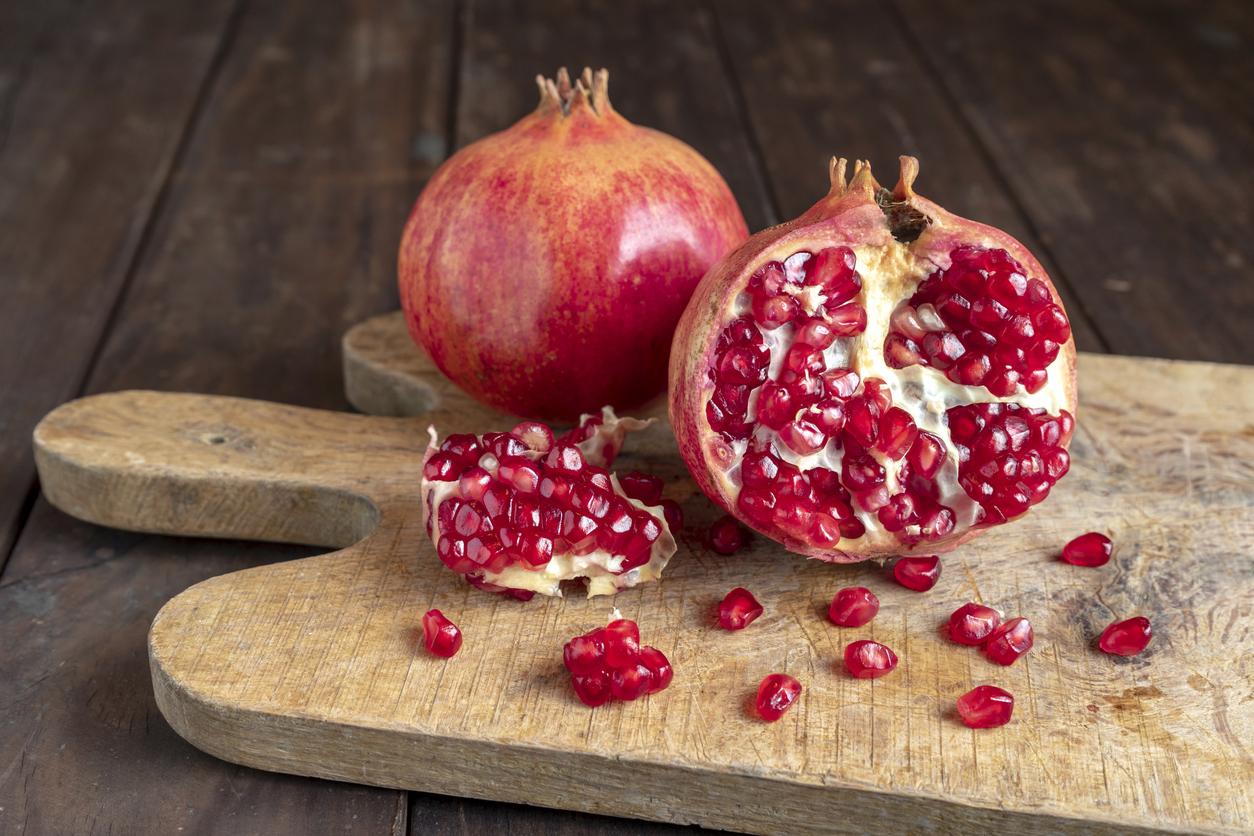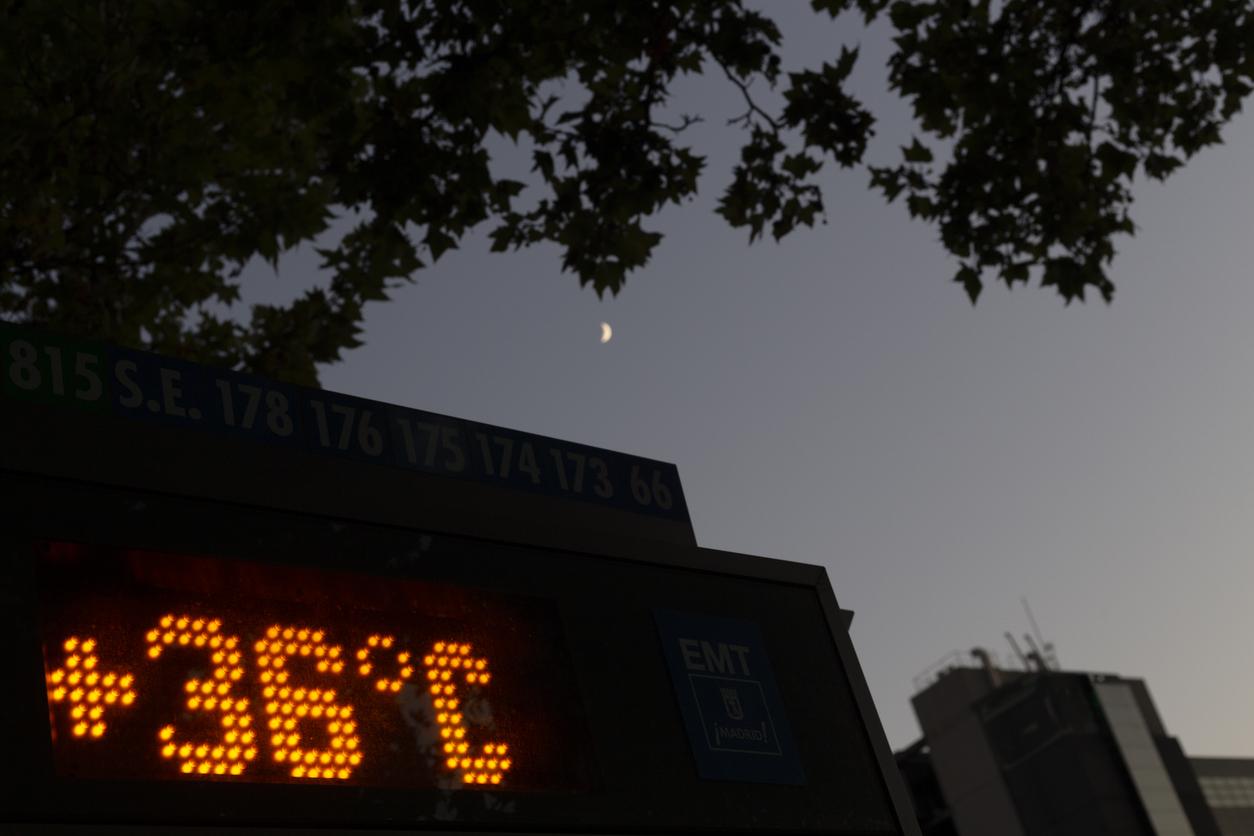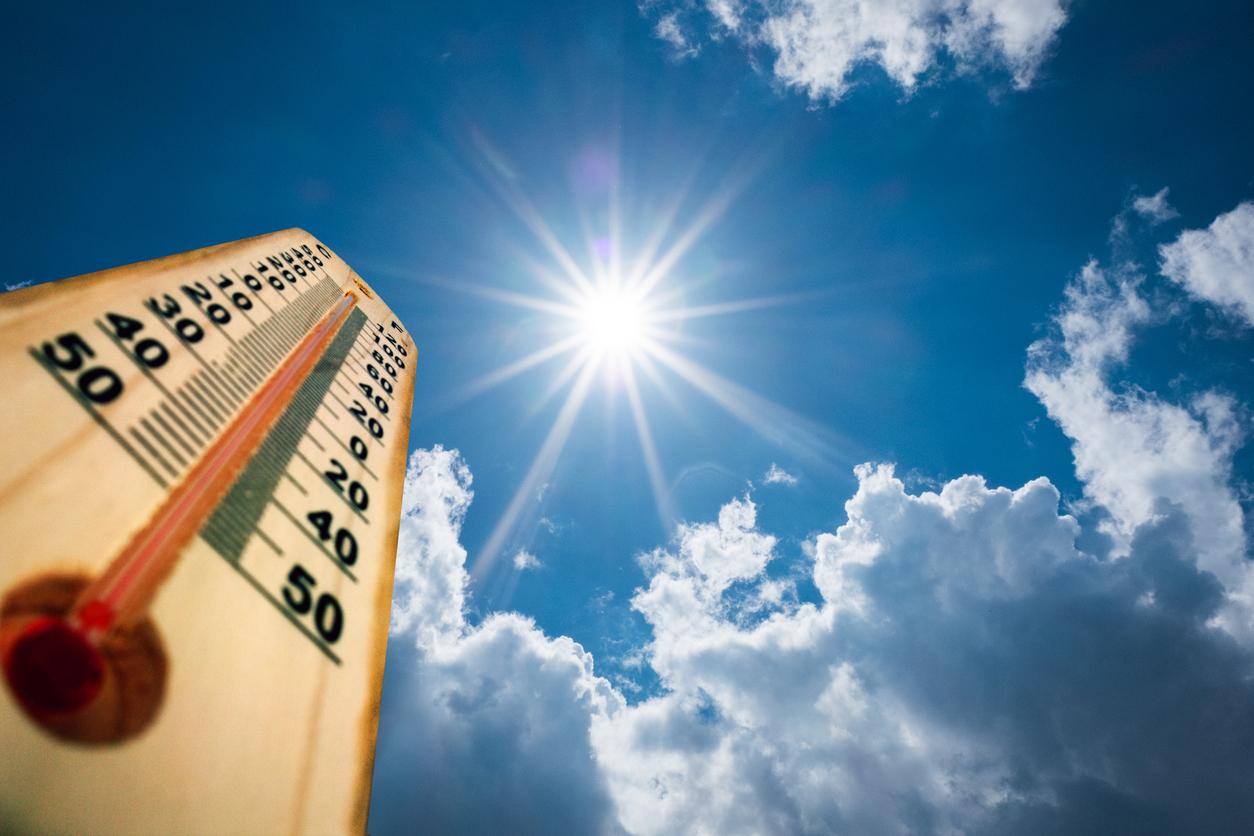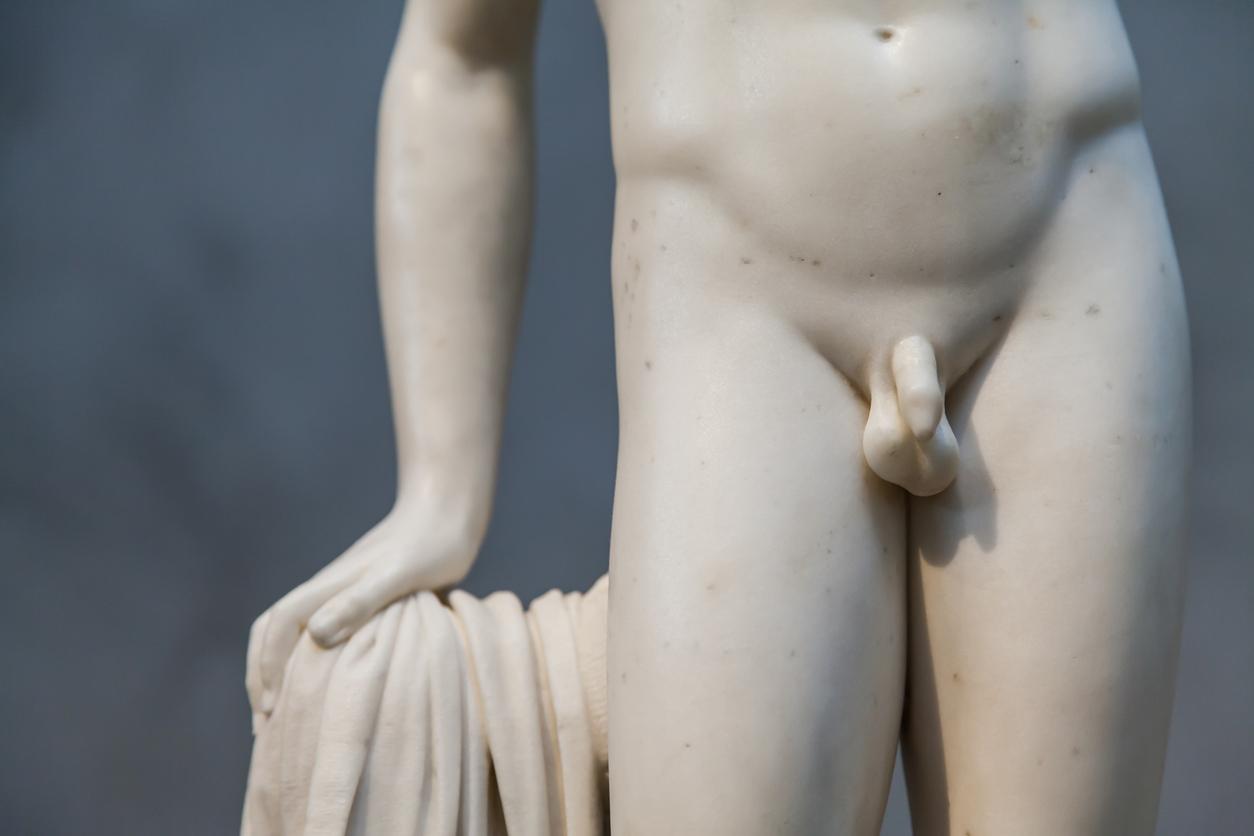By storing this citrus fruit at specific cool temperatures, its antioxidant power increases considerably.
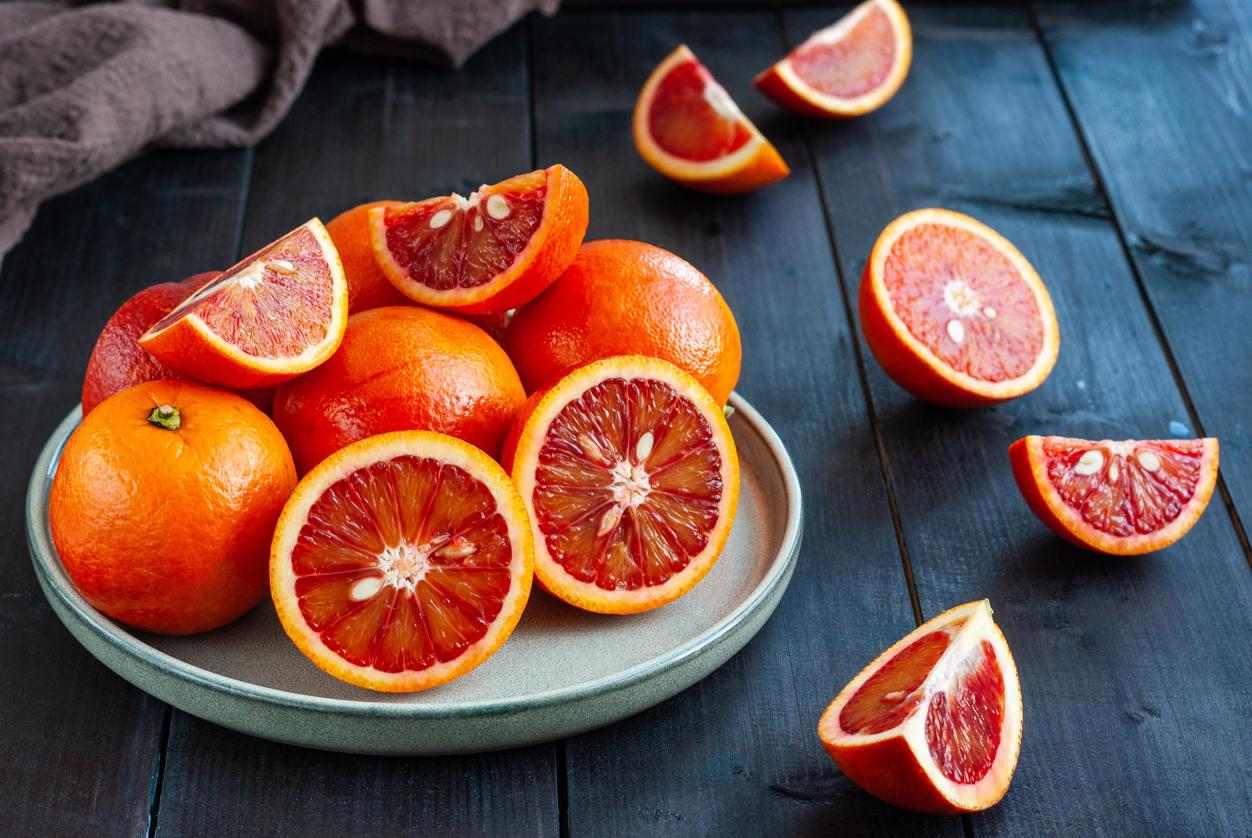
- Temperatures of 10–12 °C promoted the greatest increases in anthocyanin, total phenolic content, and antioxidant activity.
- Total anthocyanin content increased by 2,950% at 10 °C and 3,000% at 12 °C compared to the time of harvest.
- Glucose and fructose levels increased, with the highest levels observed at 12°C.
Recently, researchers from the University of Florida (USA) have revealed a trick that makes blood orange even healthier. Before discovering it, they conducted a study, the results of which were published in the journal Food Chemistry Advances.
Blood orange: Glucose and fructose levels increased at 12°C
As part of the work, the team analyzed the storage potential of blood oranges at different temperatures (6, 8, 10 and 12°C) for 60 days after harvest. Their goal? To improve anthocyanin (i.e. the red, purple or blue plant pigment of leaves, petals and fruits, located in the vacuoles of cells), total phenolic content, antioxidant activity and to understand the effects of temperature on other physicochemical attributes, such as vitamin C, flavonoids and dietary fiber. As a reminder, anthocyanins have been associated with various health benefits, including anti-inflammatory and antioxidant properties.
For the research, scientists harvested blood oranges from a research plot at the UF/IFAS North Florida Research and Education Center in Quincy. Results showed that fruit weight and firmness losses increased during storage, with the lowest losses occurring at 6°C. Acidity decreased, with the lowest values occurring at 10 and 12°C. Total soluble solids and juice pH increased, with the highest values occurring at 10 and 12°C. Sucrose content changed slightly, while glucose and fructose levels increased during storage, with the highest values occurring at 12°C.
Storing this fruit between 10 and 12°C improves anthocyanin levels and antioxidant activity
Total anthocyanin concentration, total phenolic content and total antioxidant activity increased significantly during storage and the highest values were observed at 10 and 12 °C. Total anthocyanin content increased by 2,950% at 10 °C and by 3,000% at 12 °C. “Interestingly, higher temperatures (10 and 12 °C) were more effective in increasing anthocyanin levels, total phenolic content and antioxidant activity during storage, while lower temperatures (6 and 8 °C) were more effective in preserving other physicochemical attributes”the authors specified.









